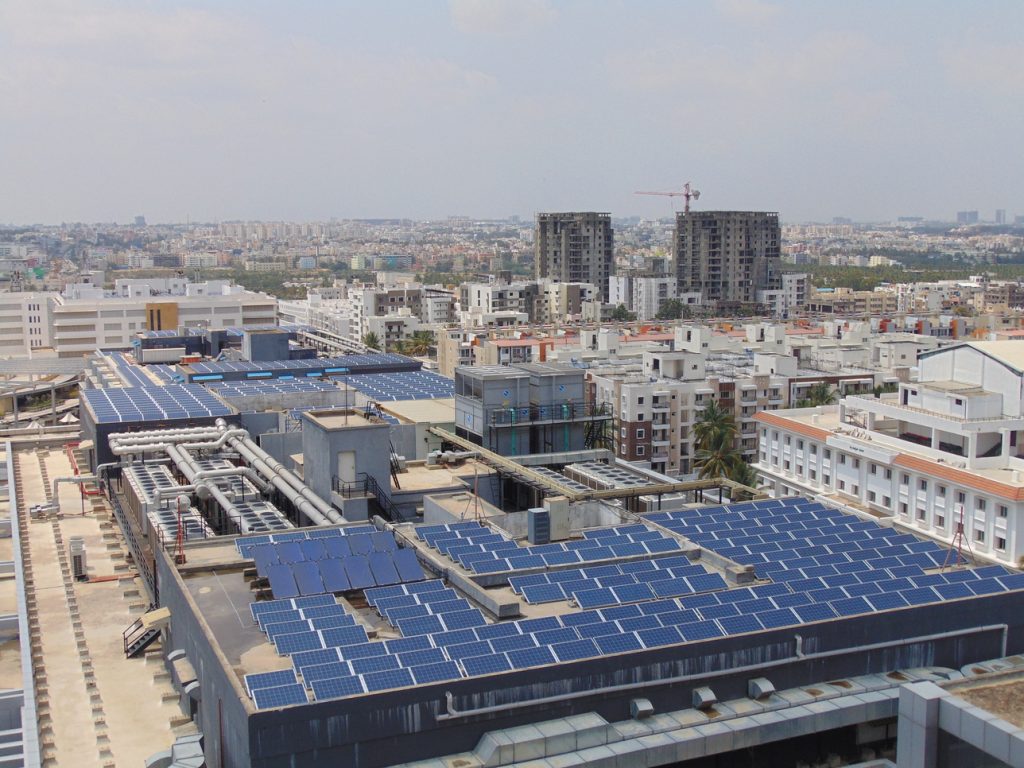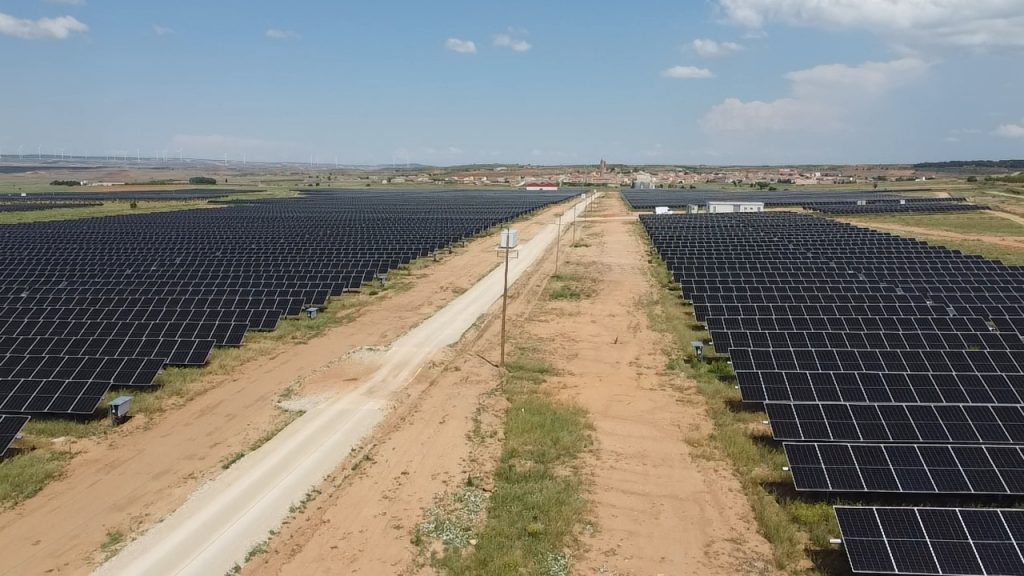The energy sector is responsible for approximately 75 percent of global carbon emissions, according to some estimates. Despite great advancements in energy efficiency and impressive growth in the renewable energy sector, global emissions continue to rise year after year as our appetite for energy grows, something that is not projected to slow down. With this in mind, it is clear that to make meaningful progress in addressing climate change, we need to focus on decarbonizing the energy sector. This is why a key pillar of Cisco’s environmental sustainability strategy is to accelerate the adoption of clean energy.
According to the United Nations, clean, renewable energy sources are “provided by the sun, wind, water, waste, and heat from the Earth” and “replenished by nature and emit little to no greenhouse gases or pollutants into the air.” On the other hand, fossil fuels like coal, oil and natural gas take hundreds of millions of years to form. And when they are burned to produce energy, they cause greenhouse gas (GHG) emissions that contribute to climate change.
Our strategy at Cisco is to move away from fossil fuels toward wind, solar, and other renewable energy sources. In our fiscal year 2023, we consumed more than 1.3 million MWh of renewable electricity, accounting for 91% of our annual electricity consumption across our global operations.

How we approach renewable electricity
Part of our approach is to build on-site solar installations at our larger facilities around the world. One example is the rooftop solar system at our campus in Bangalore, India that generates approximately 1.2 million kWh of electricity each year, enough to power over 100 U.S. homes annually.1 Unfortunately, onsite solar is difficult to scale and given limited space within Cisco’s operations, it is not possible to build enough on-site solar to meet all of our global electricity needs. As a result, we also procure renewable energy through other methods.
Over the past few years, Cisco has made significant strides to execute numerous, long-term renewable energy contracts like power purchase agreements (PPAs) that support development of new renewable energy systems in locations where we operate. These types of long-term agreements help accelerate the development of new renewable energy systems, can generate local jobs and economic growth, and can support the development of renewable energy options for other energy customers in the same area.
Given that, I am thrilled to announced that Cisco has signed a new 15-year virtual power purchase agreement (VPPA) to purchase approximately 60,000 MWh per year of solar energy from Spanish renewable energy provider IGNIS. The deal involves a 37-MW new-built solar plant that is expected to provide enough solar energy to match 100% of our European operations’ annual electricity needs2 for the next 15 years. Schneider Electric was our renewable energy advisor on this deal. We expect the project to be operational in March 2024.

Why a “VPPA”?
VPPAs enable companies to purchase renewable energy for multiple sites across a broad geography. This is beneficial for companies that have a highly distributed electricity demand, and where investing in numerous, smaller local projects is simply not possible. A VPPA is typically a long-term, strategic partnership that allows directly procuring renewable energy from off-site sources, reducing electricity-related GHG emissions and supporting the development of new clean energy projects.
Cisco has a goal to reach net zero GHG emissions across its value chain by 2040. As part of that goal, we have a near-term target to reduce our absolute Scope 1 and 2 GHG emissions3 by 90% and neutralize any remaining emissions by removing an equal amount from the atmosphere by our fiscal year 2025 (compared to a fiscal year 2019 baseline).
This new VPPA can help us make progress toward this near-term target, increase the proportion of our renewable energy that comes from long-term contracts that add new renewable energy to the grid, and create economic impact in local communities.
In a further signal of our focus on renewable energy, we also recently joined the Climate Group’s RE100 initiative, which brings together hundreds of businesses committed to 100 percent renewable electricity. Beyond helping us meet our own goals, joining RE100 also supports Cisco’s ambition to increase clean energy access globally and contributes to the private-sector demand for renewables.
Renewables play a critical role in clean energy transitions, according to the International Energy Agency (IEA). In fact the IEA says “the deployment of renewables for electricity generation, for heat production for buildings and industry, and in transport is one of the main enablers of keeping average global temperature rise below 1.5°C” compared to pre-industrial times. Climate science says we must keep within this threshold to avoid the worst effects of climate change, and through our renewable energy strategy, Cisco is taking steps to help achieve this goal.
1 According to the U.S. Environmental Protection Agency (EPA) Greenhouse Gas Equivalencies Calculator
2 Excluding the UK, Poland, Romania and Bulgaria, which are not Association of Issuing Bodies (AIB) countries and are therefore not covered by the scope of the VPPA.
3 Scope 1 emissions are direct emissions from operations owned by the company, such as emissions from heating fuel or company vehicles. Scope 2 emissions are indirect emissions from the generation of purchased electricity, steam, heating and cooling.

Have you factored in the recycling of the panels after their service life? Do you also factor in the carbon footprint of the manufacturing of the panels as well as the resources involved including minerals?